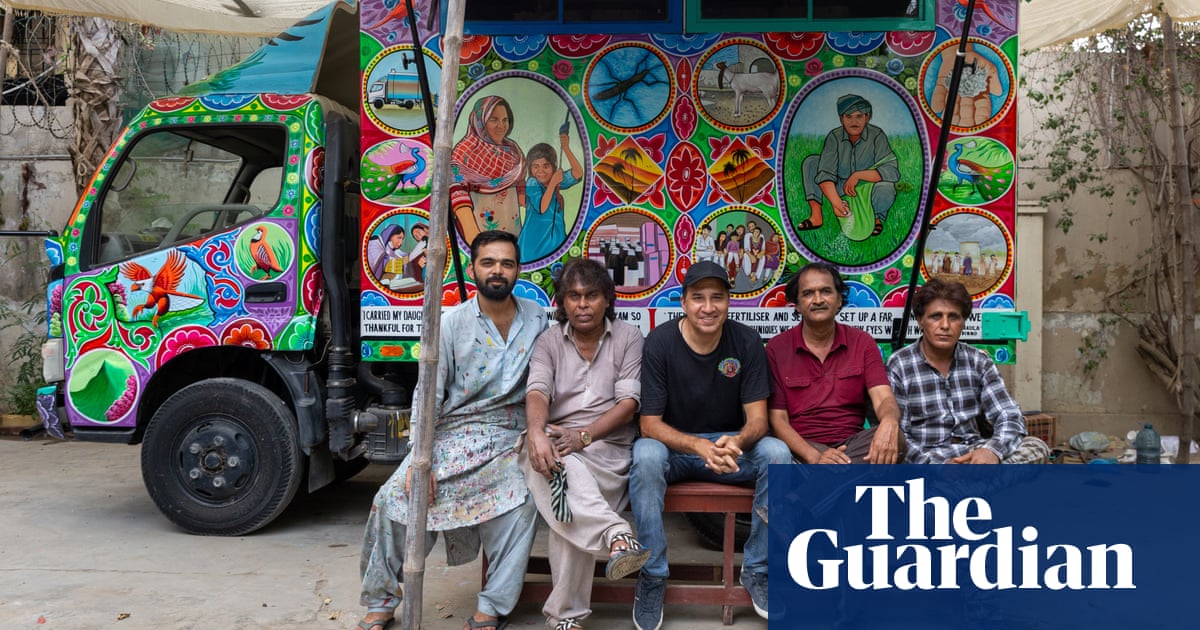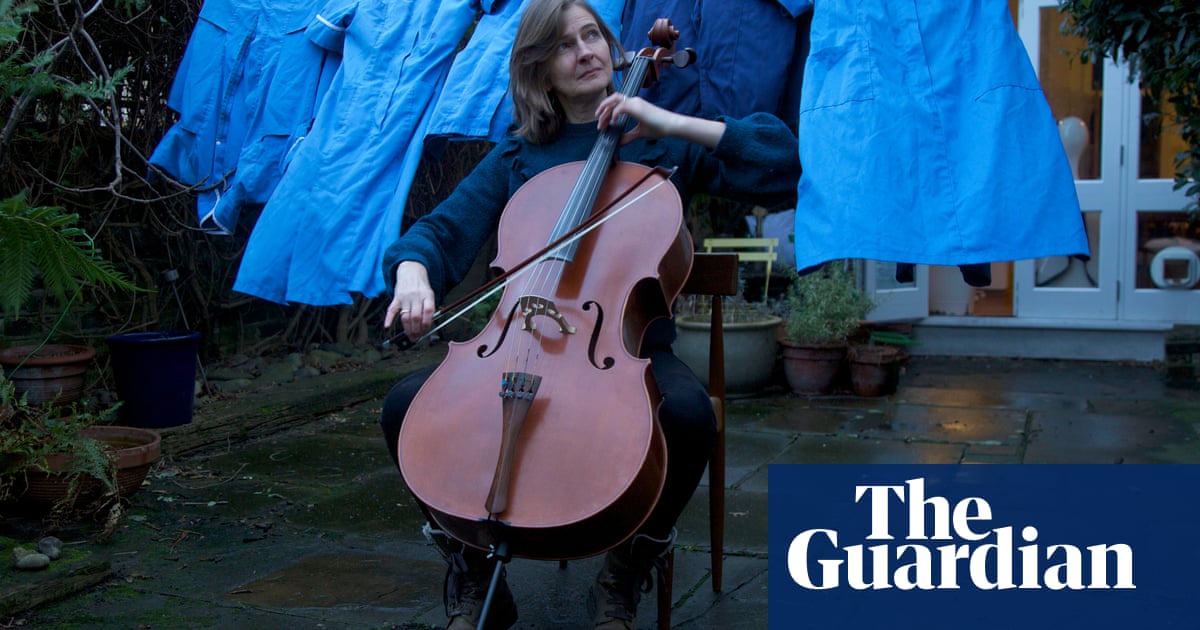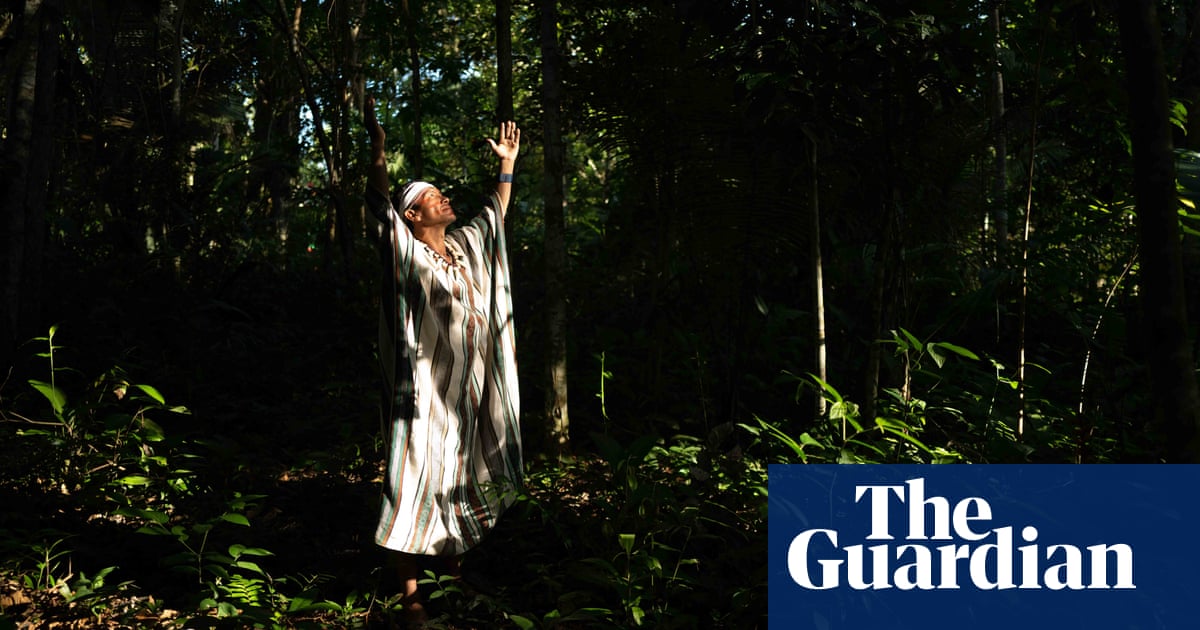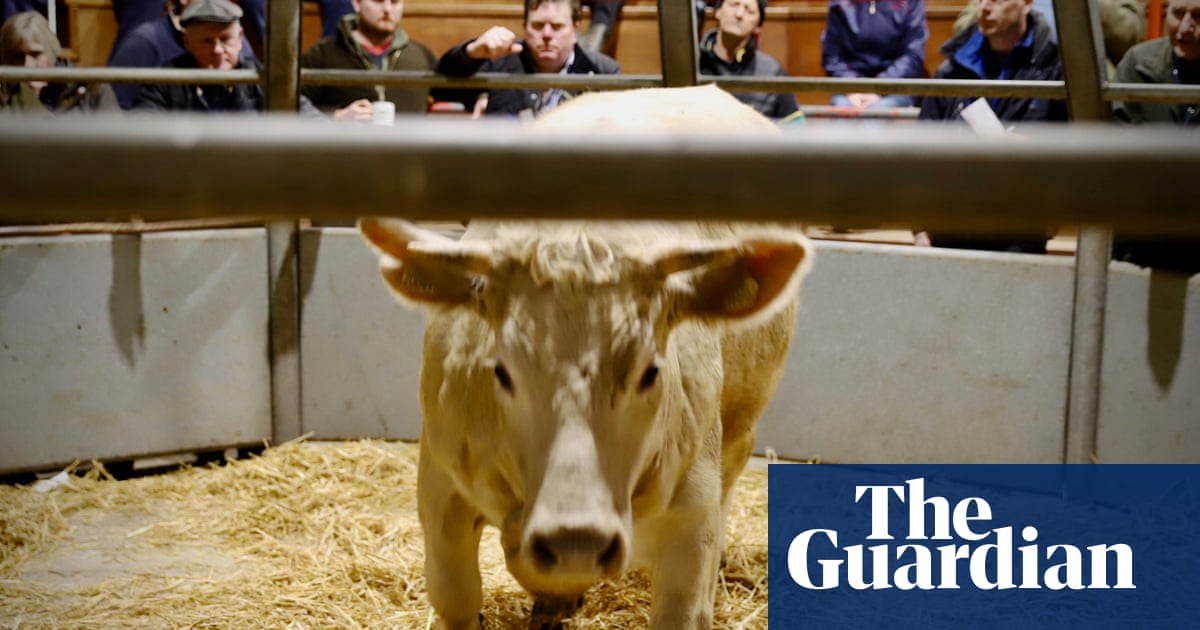
‘We are historical interpreters: we are here so people don’t have to read the book,” says Aidan Turnbull, from the comfort of an open 15th-century toilet in the grounds of Dover Castle. Turnbull, an expert in medieval intestinal parasites, is dressed as a gong farmer – a nocturnal emptier of cesspits, who would remove human waste or “night soil” from Tudor latrines.
Though the effects of Covid-19 on the UK’s community of medieval knights, Roman centurions and Crimea nurses has not made headlines, many re-enactors have been without work since March 2020. Armed with some thankfully odourless props and boundless enthusiasm, Turnbull and his fellow re-enactors are clearly thrilled to be back sharing their passion for British history with the public.
This summer, English Heritage has launched a programme of events that will see knights battle across Cornish beaches, Vikings ascend the steps of Whitby Abbey and falcons fly from castle keeps. Like many such institutions, English Heritage relies on an army of skilled re-enactors to “bring history to life” in the eyes of the public.
“We rely on the historical knowledge and expertise and authenticity of our performers. Without them, we can’t do our events. It’s as simple as that,” says Paul Robson, head of event operations at English Heritage.
Across its 400 sites, from prehistoric Stonehenge to York’s Cold War Bunker, English Heritage uses re-enactors to bring the sights, sounds and smells of history to a modern audience. “Re-enactment is as close as we can get to a time machine,” says Sarah Jane Worrall, who portrays a second world war air raid precautions warden at sites with wartime connections.
At Dover, as mounted knights in gleaming armour charge beneath a stormy sky and a heavily fortified castle once described as the key to England, it’s not difficult to see how in normal times an annual 10 million visitors are engrossed by the history of England’s most significant monuments.
“The feedback we get is always so positive,” says Dr Kate Vigurs, a historian, author and performer whose book, Mission France: The True History of the Women of SOE, arose from a deep dive into women’s wartime resistance for a character she was performing. “It’s all very well reading a book about jousting, but to see the armour for real, to see its intricacy and how heavy it is, how it sounds – the horses’ hooves, the armour chinking, the smashing of the lances – brings another sense to it.”
The tradition of re-enactment has a rich history itself. Since the Romans staged theatrical recreations of famous battles as public theatre over 2,000 years ago, they have been a part of the public understanding of history.
“At some level or other it has been there all the time. People look back on things with fondness,” says Simon Wright, chair of the Sealed Knot, the oldest re-enactment society in the UK. Founded by Brigadier Peter Young in 1968 to publicise a book on the 1642 civil war battle of Edge Hill, it is the single biggest re-enactment society in Europe. It now has about 3,000 members, but it peaked at about 7,000 in the 1990s, around the 350th anniversary of the English civil war.
For Wright, re-enactment plays a broader role in our cultural history than we may realise: “You could say some of the folk traditions are very similar – they are all commemorating something. Morris dancing, the Padstow ’Obby ’Oss festival, the Haxey Hood in Lincolnshire … they are looking back and marking things in history.”
Unlike LARPing – a form of live action role playing with a focus on the fantastical – historical re-enactors pay fastidious attention to detail, recreating historic scenes as accurately as possible, right down to the buttons and thread. Many of the clothes and props are researched and made by the performers themselves.
Joanna Clark from the Pelican in her Piety group has spent more than 250 hours of lockdown recreating a piece of 15th-century embroidery, accurate down to the handmade loom it was made on. “You can’t buy a lot of these items so we have to make them,” she says. “You can’t go to Hobbycraft and pick up a 15th-century embroidery frame. We are very passionate about our subject and want to be able to depict an authentic example of 15th-century life. The only way we can do that is through research. So that’s what we spend our winter months doing, and we make the things required for our displays. You become quite good at woodwork.”
For English Heritage and other organisations, the dedication and precision of their performers is absolutely essential to communicating their message. “Historical accuracy is massively important,” says Robson. “The quality, knowledge and authenticity of our performers has grown almost to the level of partnership when working with us. Our in-house historians sometimes work with our performers. They are a real spearhead of what we can achieve and the stories we can tell. We try to recreate the past, recreate an atmosphere, recreate authenticity – but also fun.”
Prof Ronald Hutton of Bristol University is an expert on the history of the British Isles and vice-president of the Sealed Knot. “One of the things re-enactors do best is what’s known as living history,” says Hutton. “This is explaining to the public how a blacksmith’s forge worked in a particular time, the medicines of the period, the carpentry – simple things like how strong the beer was for average people.
“The public value the knowledge base of re-enactors, otherwise they wouldn’t find them plausible or interesting as providers of living history. Re-enactment often sharpens and excites a more precise public interest in the history of particular events or periods”.
After a long lockdown, the joy of a capacity crowd watching highly trained knights battle for glory is palpable. Today’s event at Dover Castle is centred on a “legendary joust”, which sees four knights battle for glory in bespoke armour weighing around 25kg and costing up to £40,000.
“It’s 100% competitive,” says Clive Hart, who is portraying Lancelot in today’s celebrations. “We are aiming to hit each other in the shield and in the helmet. We don’t know if we are going to hit or not, but we are always all trying to hit. It’s not planned. We are trying to break lances on each other.
“In the 15th century and earlier, knights would dress up and take on the persona of someone – they would act like Lancelot or the Wild Man for the whole day, including feasts in the evening. They would act out elaborate scenes of theatrical entertainment before actually jousting; it was a massive affair. It was mostly about showing off who could afford the richest equipment, who could have the fanciest horses and who could put on the biggest spectacle when they were hosting it. We are trying to bring some of that here to Dover Castle today.”
The crowd is cheering and whooping, but the performers are thrilled to be here too. “It has been quite a revelation, seeing just how many people are here today. People are starting to trust each other, trust the vaccine, and they are desperate to get out and have some family fun,” says Dominic Sewell – a knight portraying Argo and owner of jousting supplier Historic Equitation. “It’s the first time in 18 months that we have been able to come to an event and demonstrate – we are really happy to be here.”












